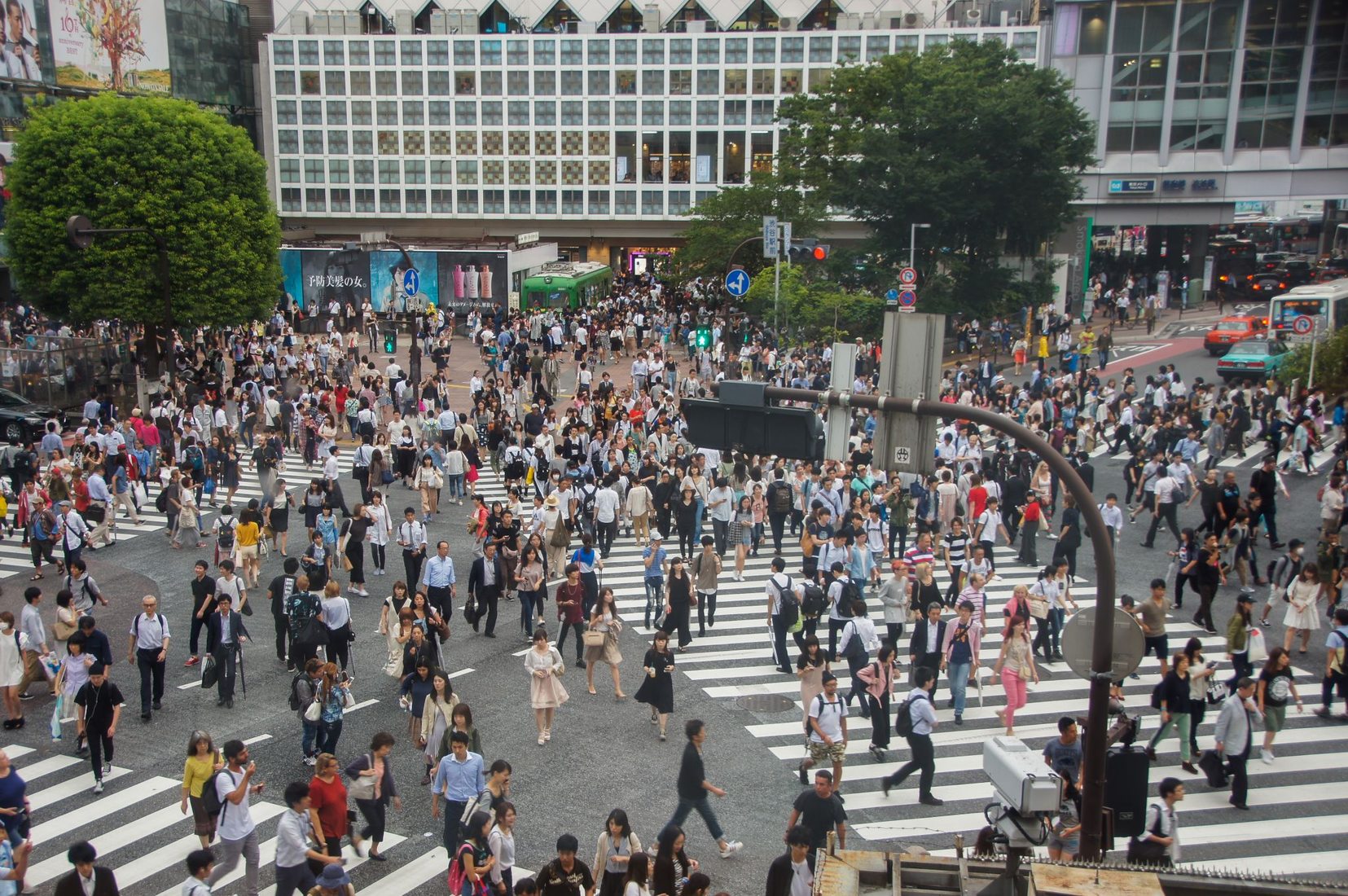Shibuya Station Incident: Urgent Updates And Travel Disruptions – Have you been affected by the recent incident at Shibuya Station? If so, this guide provides all the information you need to know about what happened, the travel disruptions that have been caused, and what to do if you have been affected.
Editor's Notes: This Shibuya Station Incident: Urgent Updates And Travel Disruptions was last updated on [Date]. We are monitoring the situation closely and will update this guide as new information becomes available.
We understand that this is a difficult time for those who have been affected by the incident, and we are here to help. Please do not hesitate to contact us if you have any questions or need assistance.
Key Differences:
Main Article Topics:
FAQ
This FAQ section provides important information regarding the recent incident at Shibuya Station. Please read carefully for urgent updates and travel disruptions.

Shibuya Station Crossing, Japan - Source www.locationscout.net
Question 1: What happened at Shibuya Station?
There was a technical issue involving a train door malfunction, resulting in a brief delay.
Question 2: Are there any injuries or casualties?
No, thankfully there were no reports of injuries or casualties.
Question 3: Which train lines are affected?
The incident impacted the Yamanote Line, Saikyo Line, and Shonan-Shinjuku Line.
Question 4: What is the current status of train services?
Services have resumed, but passengers may experience residual delays.
Question 5: What should passengers do if they are affected by the disruptions?
Passengers are advised to check official railway announcements for the latest updates and alternative travel routes.
Question 6: Where can passengers find more information?
Regular updates are available on the railway operator's website and social media channels.
Remember to prioritize safety and follow instructions from railway officials. We apologize for any inconvenience caused by the incident and appreciate your understanding.
Continue to the next article section for additional details.
Tips
Following the Shibuya Station incident, commuters are advised to consider the following tips to minimize travel disruptions:
Tip 1: Stay informed about the latest updates. Visit Shibuya Station Incident: Urgent Updates And Travel Disruptions for real-time information on service changes and travel alternatives.
Tip 2: Allow extra travel time. Expect delays and plan accordingly to avoid missing appointments or other important events.
Tip 3: Consider alternative transportation routes. Explore nearby stations or bus lines that can provide access to your destination.
Tip 4: Listen to announcements and follow instructions from station staff. They can provide valuable information and guidance.
Tip 5: Seek assistance if needed. Do not hesitate to approach station staff or other commuters for help with directions or navigating the station.
By following these tips, travelers can navigate the current travel disruptions caused by the incident and ensure a safe and efficient journey.
Shibuya Station Incident: Urgent Updates And Travel Disruptions
The Shibuya Station incident has resulted in significant travel disruptions in Tokyo, with urgent updates being issued continuously. Here are six key aspects to consider:
- Cause: Technical issues disrupting train services
- Extent: Multiple train lines affected, causing delays and cancellations
- Duration: Estimated hours-long delays, with no immediate resolution
- Impact: Commuters and travelers experiencing severe inconvenience
- Alternatives: Public transportation and taxi services experiencing increased demand
- Safety: Passengers advised to stay alert and follow instructions
The incident highlights the critical role of maintaining efficient transportation systems in a major metropolitan center. It also underscores the need for effective communication and coordination during such disruptions to minimize inconvenience and ensure public safety.

Shibuya metro station, Japan - Source www.locationscout.net
Shibuya Station Incident: Urgent Updates And Travel Disruptions
The Shibuya Station Incident, a major disruption to public transit, occurred on January 2, 2023, at Shibuya Station, Tokyo's busiest railway station. A power outage caused widespread delays and cancellations on several train lines, affecting hundreds of thousands of commuters during the morning rush hour. The incident highlights the critical importance of reliable transportation systems in major urban centers and the need for robust contingency plans to minimize disruptions.

Ginza Line Subway Shibuya Station in Tokyo, Japan Editorial Image - Source www.dreamstime.com
The power outage, which lasted for approximately 30 minutes, was caused by a faulty transformer at an electrical substation near the station. The outage affected all train lines operated by East Japan Railway Company (JR East), including the Yamanote Line, Chuo Line, and Saikyo Line. As a result, trains were delayed or canceled, leaving many commuters stranded on platforms or in crowded trains.
The incident caused significant travel disruptions, with some commuters experiencing delays of up to two hours. Many people were forced to walk or use alternative transportation methods to reach their destinations. The disruption also had a ripple effect on other parts of the transportation system, as buses and taxis were overwhelmed with passengers.
The Shibuya Station Incident underscores the importance of reliable transportation systems in major urban centers. Shibuya Station is a vital hub for commuters and tourists, and its disruption caused significant inconvenience and economic losses. It also highlights the need for robust contingency plans to minimize the impact of disruptions. JR East has since apologized for the incident and has implemented measures to prevent similar outages in the future.
| Date | Incident | Line Affected | Duration |
|---|---|---|---|
| January 2, 2023 | Power outage | Yamanote Line, Chuo Line, Saikyo Line | 30 minutes |
| July 15, 2022 | Derailment | Chuo Line | 5 hours |
| March 11, 2021 | Earthquake | All lines | 24 hours |